Piriformis syndrome is a common condition that affects many individuals, ranging from athletes to office workers. This syndrome is typically characterized by pain, numbness, or tingling sensations in the buttocks to lower limbs. It occurs as a result of compression or irritation of the sciatic nerve by the piriformis muscle. The good news is that piriformis syndrome can be effectively managed through physical therapy.
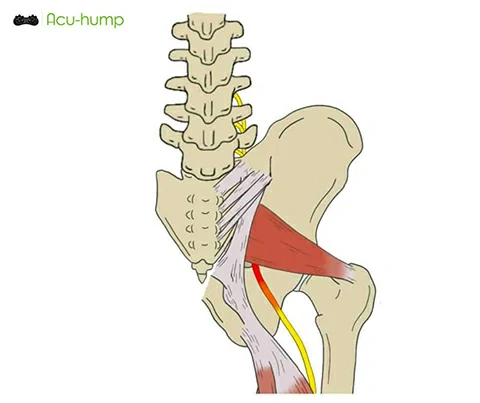
Therapy Guide
Here’s a comprehensive guide to physical therapy for piriformis syndrome:
1. Evaluation and Diagnosis
A physical therapist will begin by evaluating your symptoms, range of motion, and muscular strength to formulate an accurate diagnosis. They may conduct nerve conduction tests, x-rays, or MRIs to gain a better understanding of the condition.
2. Stretching Exercises
Stretching exercises help to alleviate tension and tightness in the piriformis muscle, thus providing relief from piriformis syndrome. Some of the most helpful exercises include buttocks and piriformis stretches. A physical therapist will demonstrate these exercises and develop a personalized stretching routine based on your specific needs.
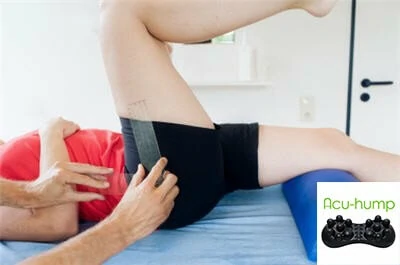
3. Massage Therapy
Piriformis trigger point massage therapy can be beneficial for pain management and promoting muscle relaxation. A therapist may use techniques such as trigger point release, myofascial release, or Swedish massage to help alleviate the discomfort associated with piriformis syndrome.
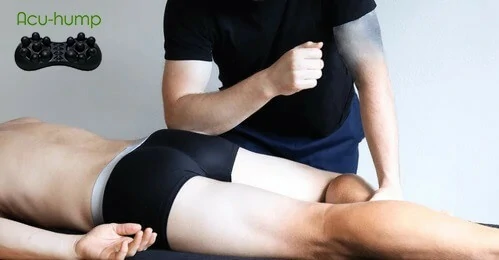
4. Heat and Ice Therapy
Heat and ice therapy is a commonly recommended form of physical therapy for piriformis syndrome. Applying heat to the affected area before stretching can help to loosen the muscles and promote flexibility. After stretching, ice therapy can help to reduce inflammation and pain.
5. Posture Correction
Correcting your posture may help to alleviate the tension and pressure on the piriformis muscle, reducing the symptoms of piriformis syndrome. A physical therapist can provide insight into ergonomic adjustments and posture correction exercises that can improve posture, thus reducing discomfort and pain.
Acu-hump Release Piriformis Muscles
An Acu-hump tool is a popular physical therapy tool that can also be used to alleviate the discomfort and pain associated with piriformis syndrome. This tool is a massage stretcher with unique raised bumps that targets trigger points around the hip, glutes and back.
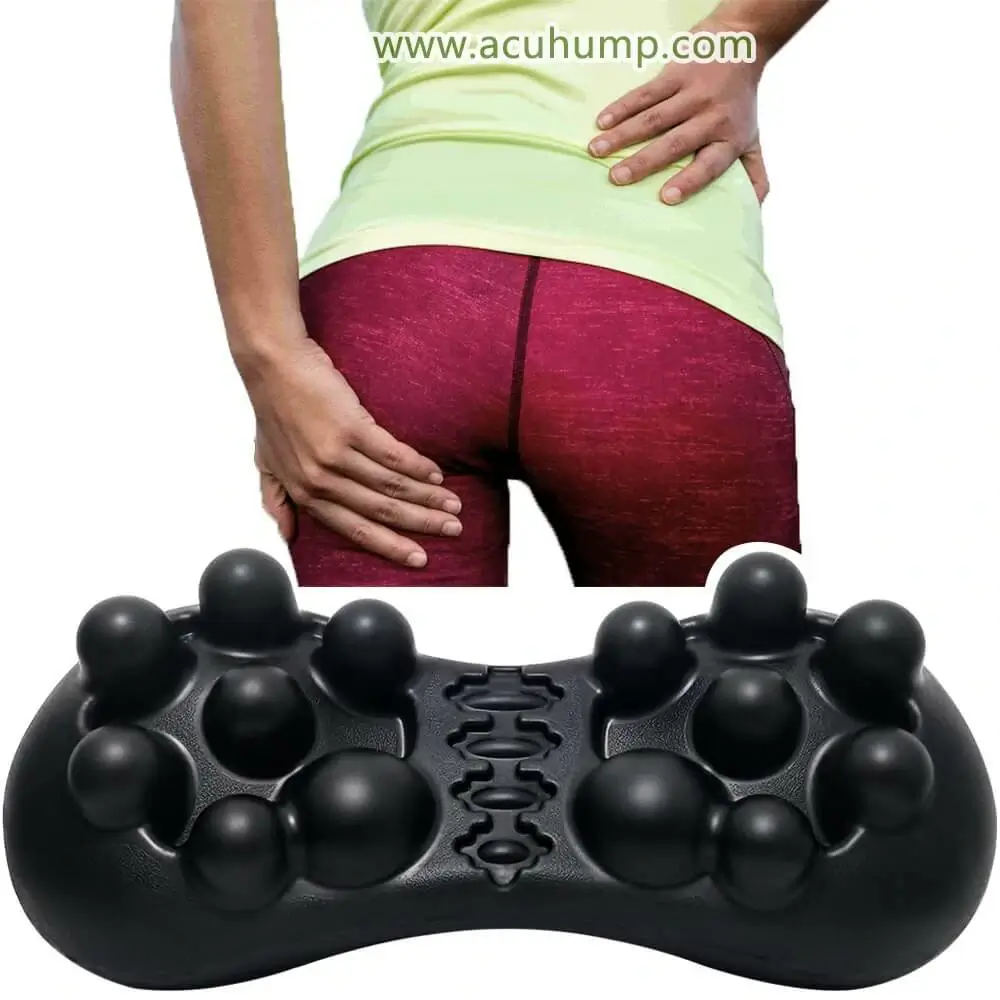
Using an Acu-hump tool can provide deep tissue massage, which can help relax and loosen the piriformis muscle and surrounding muscles. This helps reduce compression and pressure on the sciatic nerve. The Acu-hump tool is designed to target trigger points on the piriformis muscle, which is particularly helpful in breaking up adhesions and reducing tension in the muscle.
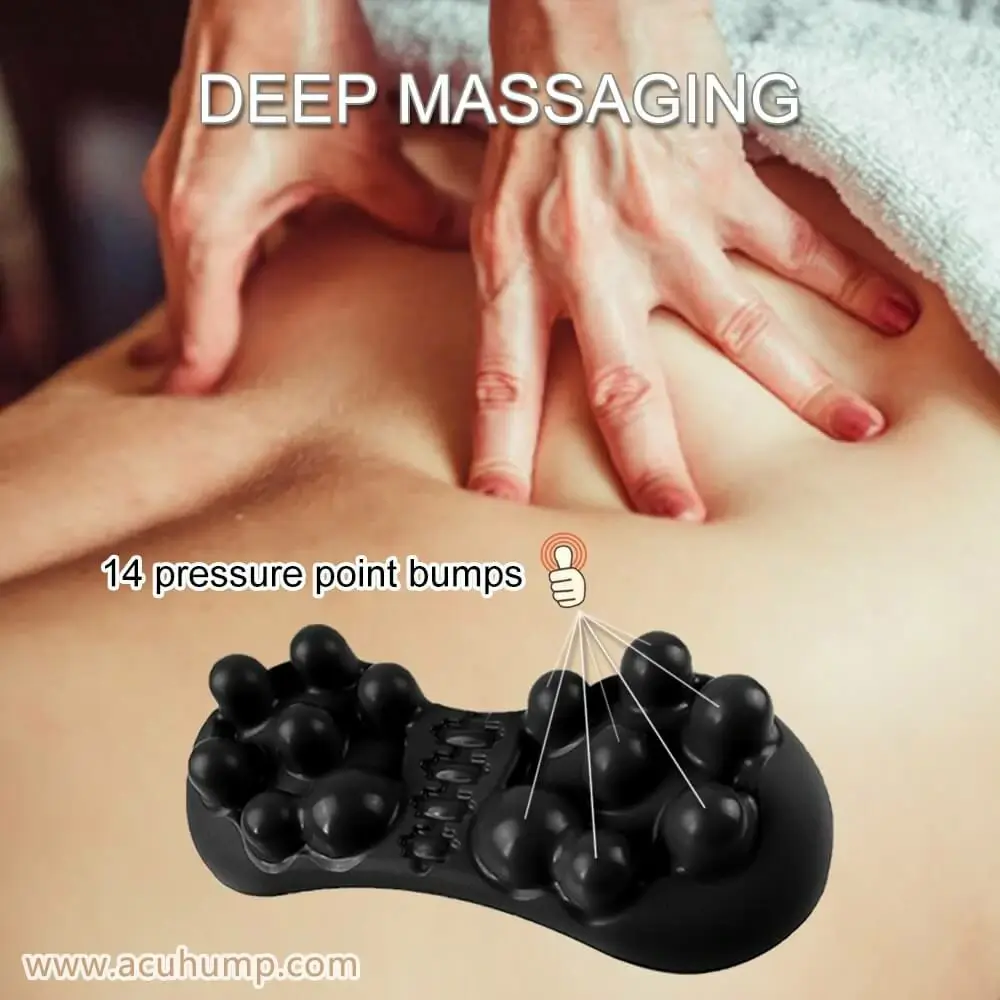
To use the Acu-hump tool effectively, place it on a flat surface, sit on top of it, and roll back and forth over the raised bump. Start by focusing on the affected area, then gradually move the tool outward. Rolling over the tool helps to massage and release myofascial for piriformis, reducing the symptoms of piriformis syndrome.

Acu-hump: Full refund policy. No risk for you.
Too much pressure can cause further discomfort and injury, so it’s important to use it correctly and not overdo it. However, when used correctly, an Acu-hump tool can be an effective and convenient tool to help fix the piriformis pain.
Managing Tips
Here are some tips for managing piriformis syndrome:
1. Stretching Exercises
Stretching exercises can be quite effective for loosening tight muscles and alleviating piriformis syndrome symptoms. In particular, exercises that stretch the hip rotators and abductors, such as pigeon pose, figure-four stretch, and butterfly stretch, may be beneficial. Consider practicing these stretches daily to promote flexibility and reduce tension in the muscle.
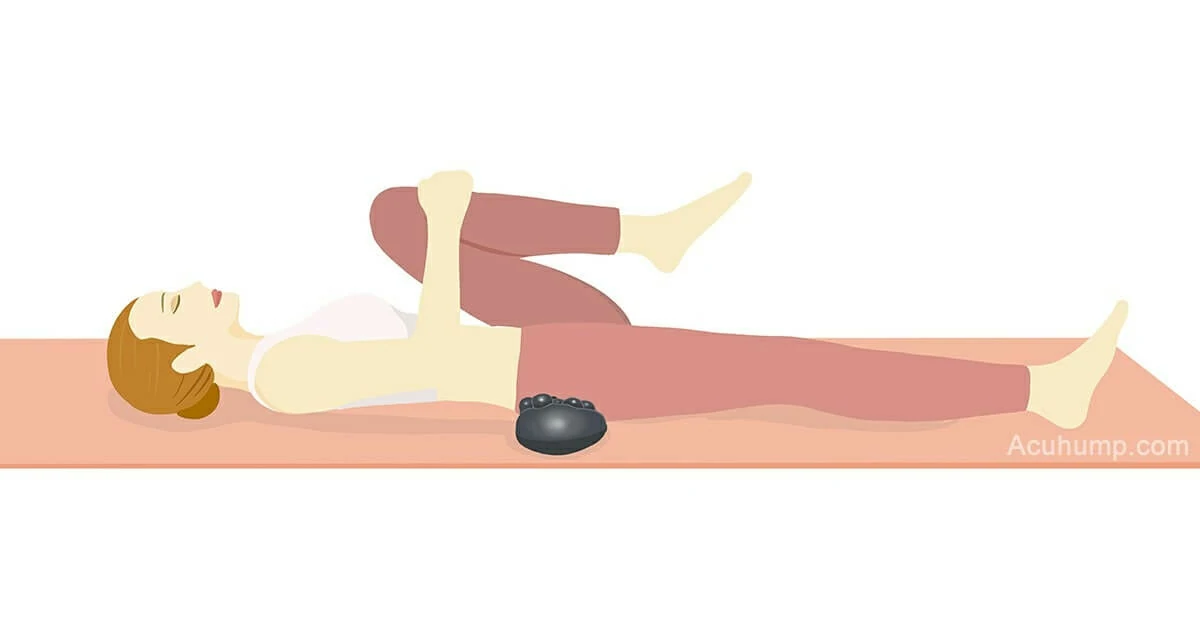
2. Strength Training
Building up strength in the muscles surrounding the piriformis can help take off some of the pressure on the muscle. Some of the beneficial exercises include squats, lunges, and bridges which will help strengthen your glutes.
3. Seek Professional Help
It’s essential to seek professional help if you are experiencing piriformis syndrome symptoms. A physical therapist can help you develop an individualized treatment plan that targets your specific needs. They can also teach you proper stretching and workout techniques to aid in pain relief and prevent recurrence.
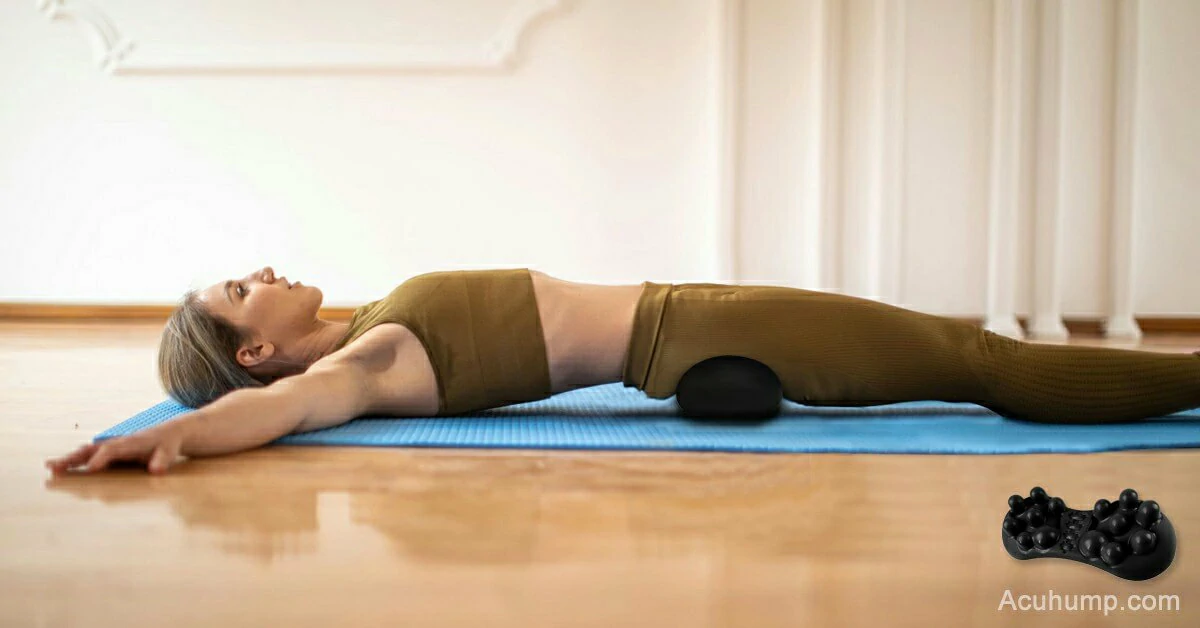
Acu-hump®
Release Butt & Lower Back
If you are suffering from piriformis syndrome. It’s crucial to take proactive steps to alleviate your symptoms. Stretching, exercises, Acu-hump tool, and seeking professional help are all excellent options for managing piriformis syndrome pain. With a combination of these ways, you can enhance your mobility and quality of life.
